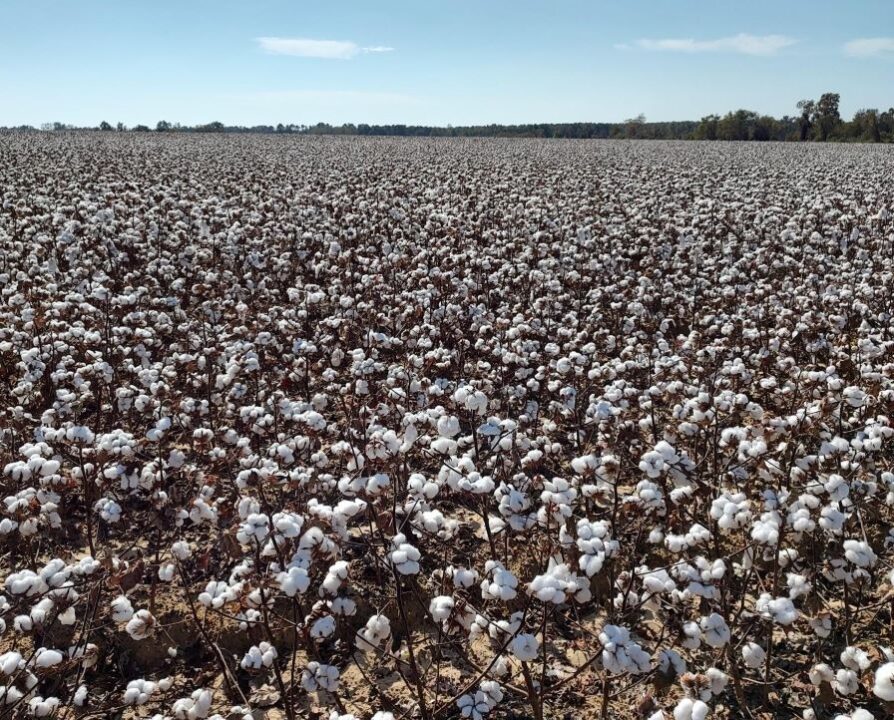Cleveland: What Should We Make of the USDA Supply Demand Report?
What should we make of the May USDA Supply Demand Report? One analyst, two days before the report was released called it meaningless and called for the market to ignore it. Thankfully, most in the soft commodities believe her to be meaningless, insignificant and seldom correct with forecasts. Give USDA its due. It truly is charged with leading the battle into unchartered cotton waters; and is expected to be near correct. Too, more often than not and by hook or crook, they are generally correct. Criticize their numbers or even their analysis, but never their methodology. They are the masters.
The cotton market was merrily rocking along after a few rough weeks and headed to a good solid week of gains until the Friday noon release of the USDA report. Viewed as bearish by the market, prices fell from a two digit gain on the day to triple digit losses. Still, for the week the July contract was up 5 point while December climbed 91 points. You should correctly imply from this that the back end (new crop) is more bullish than the front end (old crop) of the market. Interesting, to me anyway, the report did not hold forth any bearish news. Yet, it had one bit of bullish news. That is, U.S. exports for the current year were increased from 13.0 to 13.25 million bales.
The market appears very much locked within the 82-84 cent support at the low end and 88-89 cent level on the top end. Too, as evidenced by the selloff after the release of the May supply demand report, we should expect a continuation of the nervousness and volatility that surfaced in April. However, such trading should be confined to the aforementioned support and resistance.
The report can be found at http://www.usda.gov/oce/commodity/wasde/latest.pdf
The USDA forecast for 2013/14 included lower production, exports and ending stocks. Consumption was increased over the 2012/13 estimate of 110.43 million bales compared to the current year’s use of 108.15 million bales. U.S production is forecast at 14.0 million bales, down from this season’s 17.3 million. Due to the smaller crop exports were forecast at 11.5 million bales, below the current aforementioned13.25 million. USDA projects world ending stocks at 93 million bales.
The initial 2013/14 world cotton projections show world ending stocks of nearly
93 million bales, the third consecutive seasonal record, as China’s policy of stockpiling cotton in its national reserve is assumed to continue. World production is projected nearly 3 percent lower than 2012/13 at 117.8 million bales. World ending stocks outside of China are projected to fall nearly 2.0 million bales, suggestive of prices continuing to trade near the 90 cent level, basis the New York nearby.
China’s national reserve stocks are currently expected to reach nearly 40 million bales at the end of 2012/13. Based on the government of China’s current reserve purchase and release prices and import quota policies, USDA is projecting that China will import 12.0 million bales in 2013/14 and will add 10 million bales to ending stocks as reserve purchases exceed reserve sales. The resulting projected China ending stocks of 58.2 million bales would account for 63 percent of world stocks.









